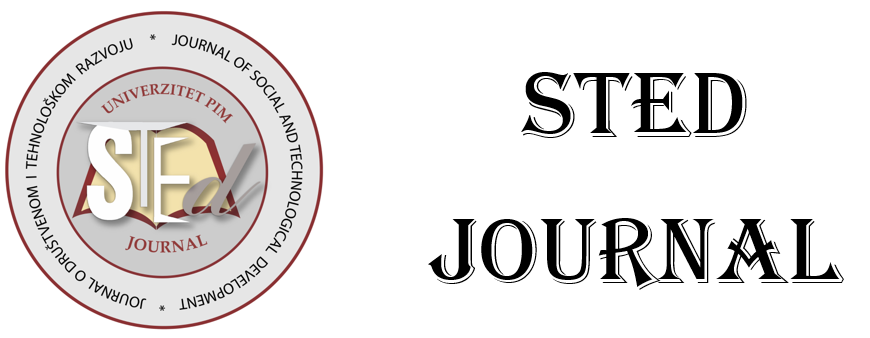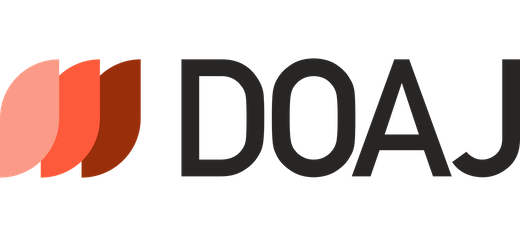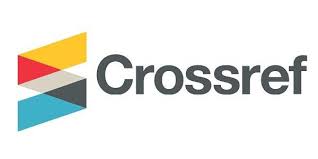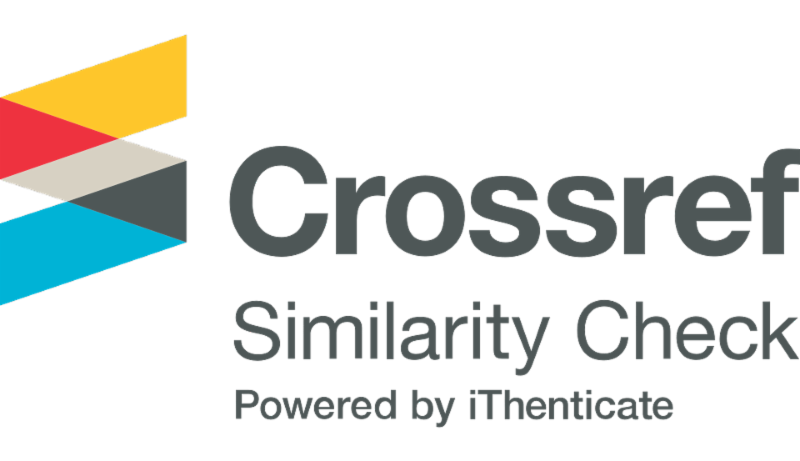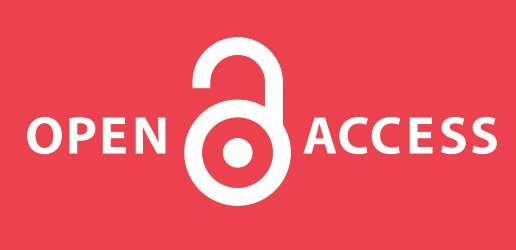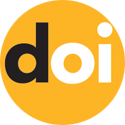
More articles from Volume 3, Issue 1, 2021
PORODIČNO AFEKTIVNO VEZIVANJE I AGRESIVNOST KOD NEPSIHOTIČNIH POČINILACA NASILNIH KRIVIČNIH DELA
AFEKTIVNA VEZANOST U DJETINJSTVU KAO PREDIKTOR STRESA, ANKSIOZNOSTI, DEPRESIVNOSTI I ADVERZIVNIH ISKUSTAVA KOD MLADIH
INTERPERSONAL RELATIONSHIP AS A FACTOR OF JOB SATISAFACTION
REGIONAL COOPERATION OF DEVELOPMENT IN LOCAL GOVERNMENT (CASE IN THE PROVINCE OF EAST JAVA, INDONESIA)
УПОТРЕБА ИНТЕРНЕТА У ПРЕДУЗЕЋИМА У РЕПУБЛИЦИ СРБИЈИ ЗА ВРЕМЕ ПАНДЕМИЈЕ COVID-19
Article views
SELECTION OF THE MOST ACCEPTABLE TOOL FOR BUSINESS INTELLIGENCE FOR WORK IN PUBLIC ADMINISTRATION
Pan-European University APEIRON , Banja Luka , Bosnia and Herzegovina
Pan-European University APEIRON , Banja Luka , Bosnia and Herzegovina
LANACO , Banja Luka , Bosnia and Herzegovina
PR SYSTEMFINITY , Belgrade , Serbia
Received: 06.03.2021.
Accepted: 06.04.2021. >>
Published: 28.05.2021.
Volume 3, Issue 1 (2021)
pp. 47-56;
Abstract
The development intelligence tools is gaining a new dimension every day, and this is an area of dynamic development. The importance of this paper is to select the tool that represents the best solution for the given needs in public administration. A multi-stage, broad- based survey with clear selection criteria leads to the choice of three tools. Criteria for tool evaluation were set, virtual machines were created, tests and analyzes were performed. The evaluations carried out give the choice of the most accepTable business intelligence tool for use and interoperability in public administration.
Keywords
References
Citation
Copyright
All papers are licensed under a Creative Commons Attribution 4.0 International License.
Article metrics
The statements, opinions and data contained in the journal are solely those of the individual authors and contributors and not of the publisher and the editor(s). We stay neutral with regard to jurisdictional claims in published maps and institutional affiliations.
